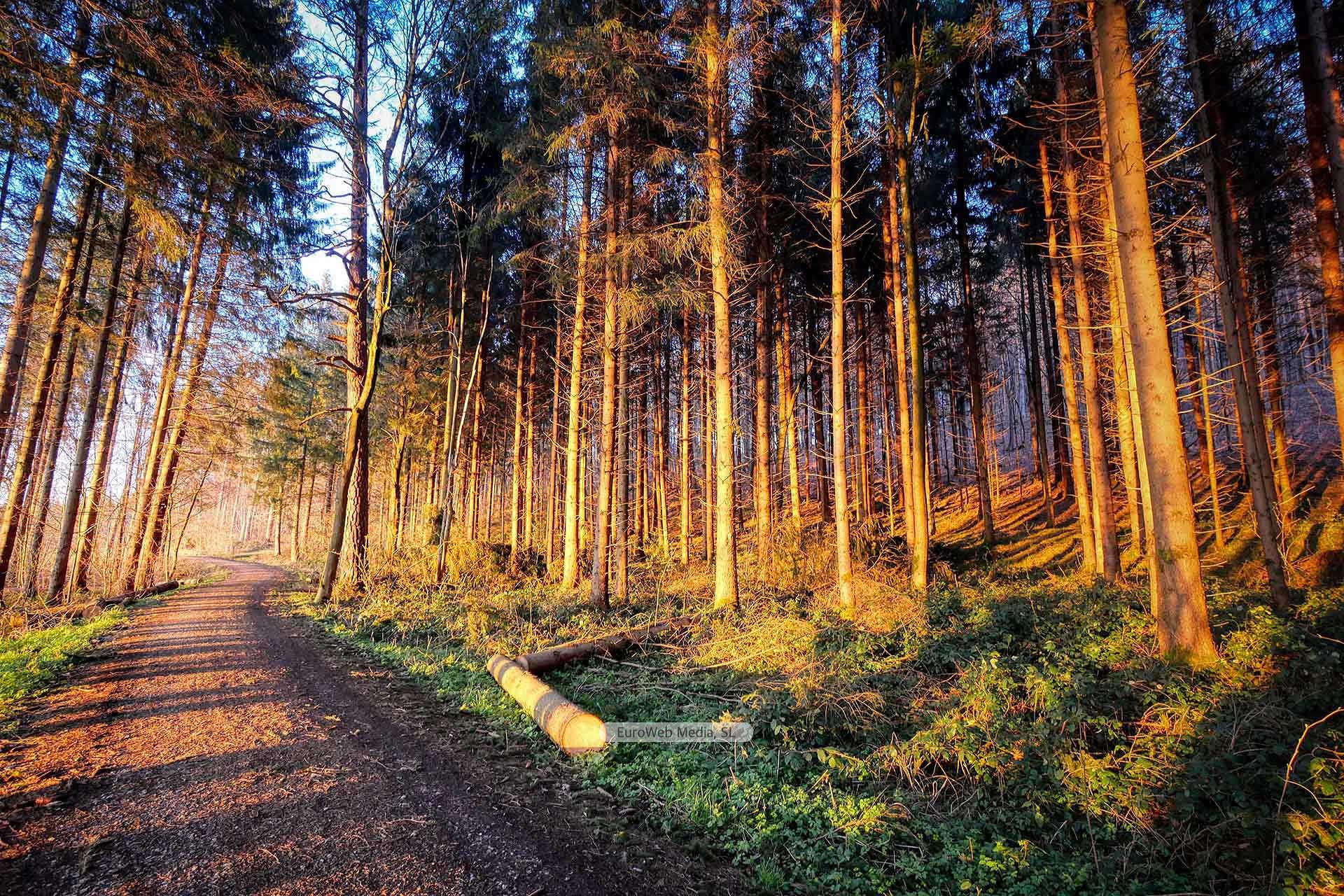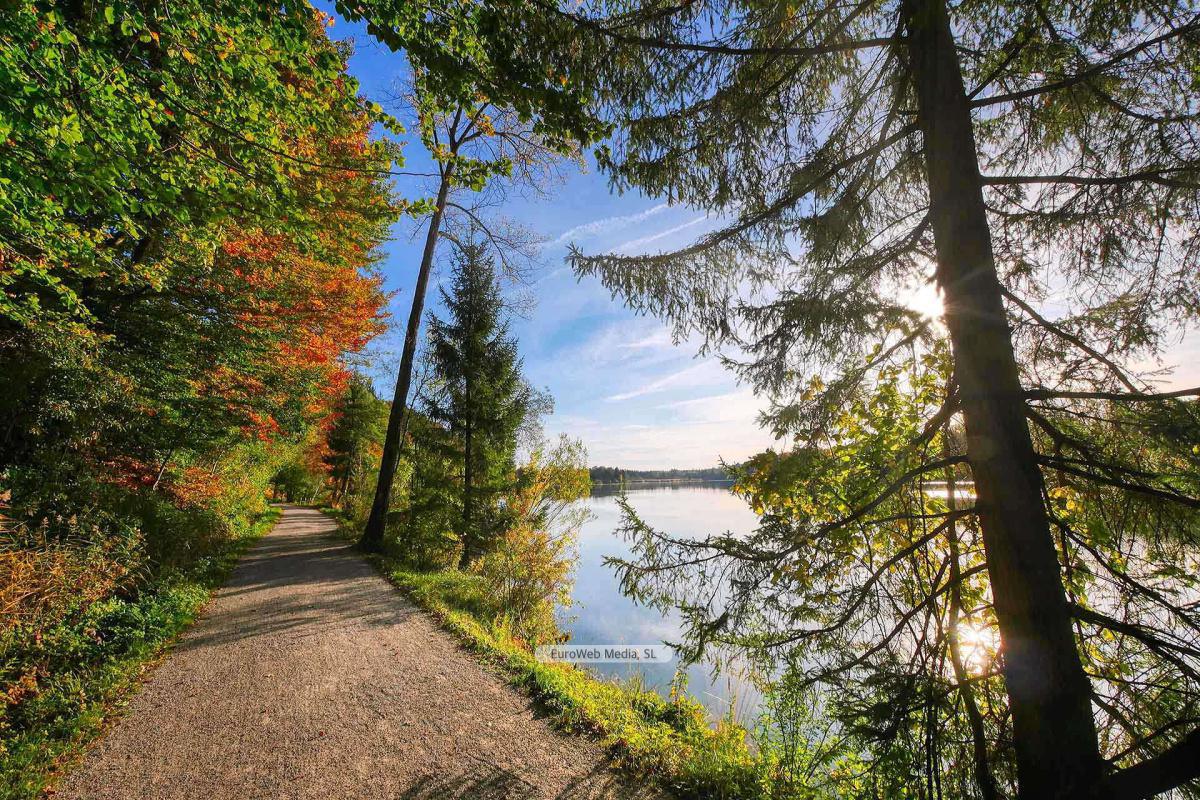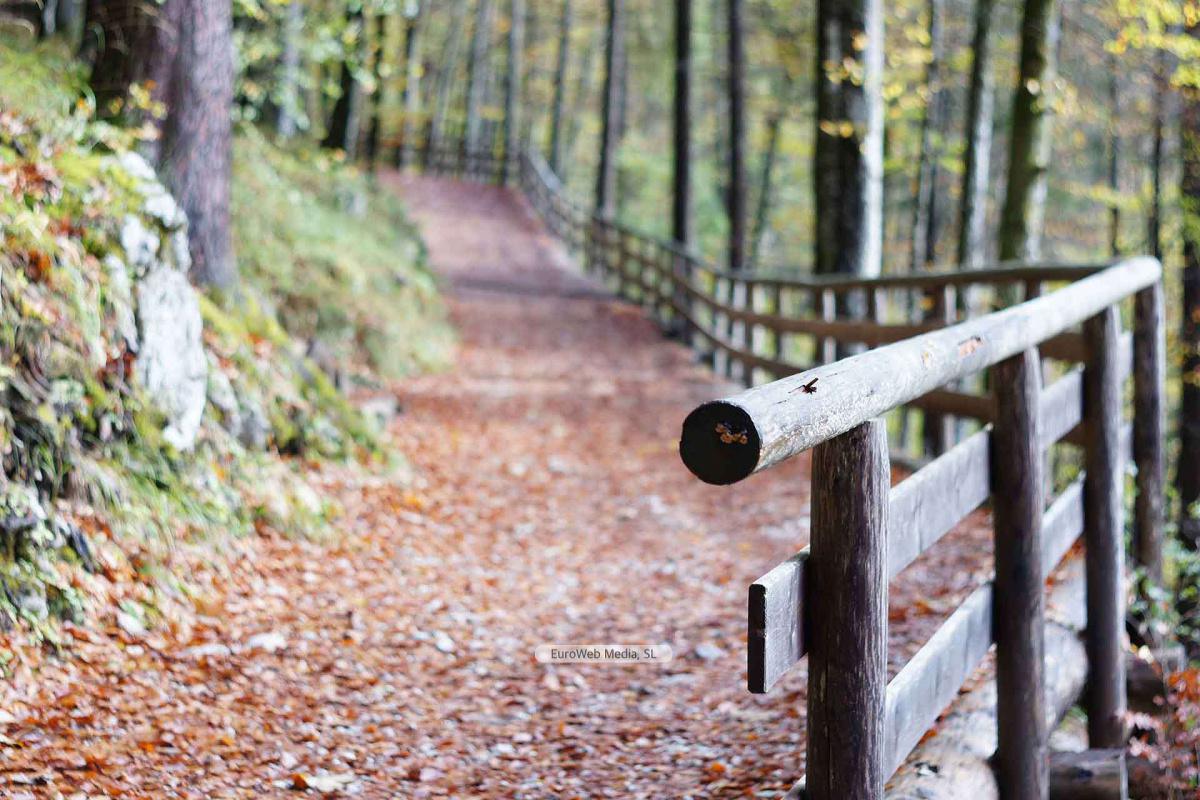Note: The photo we show of GR 204. Coastal path for bicycles and pedestrians. Section 1: Bustio – Pendueles is for illustrative purposes only. If you notice any errors in the content, please use the form at the bottom of the page.
Description:
Description of the path
The route begins in the Parque de la Remansona (Bustio), and continues, once the N-634 has been crossed through an existing internal passage, along a gravel track 3.50 m wide, going through the neighborhoods of La Texera and Salcea, in a length of 1,500 m, until connecting with a royal road that will lead to Pimiango. The signaling, placed every 1,000 meters per kilometer, and at intersections and deviations the directional, will accompany the entire layout to avoid doubts for users.
As a site of interest, it is worth noting the existence of the Bustio Fishing Port in the vicinity of the beginning of the path, if we follow the congested road once we have crossed the N-634.
From that point of intersection, we will have the opportunity to see the Ruins of the Tina Monastery and the Hermitage of San Emeterio. To do this, we will take the existing gravel path that crosses the Eria Nueva, and after going downhill through the eucalyptus forest in the Tina area, we will come to the ruins of the Tina Monastery, an old construction that still remains on its walls (see information sign).
From there we will cross the Bartolo stream, through a footbridge in treated laminated wood, and continuing the path, we will border the Monte las Gurizas, to end at the road to the San Emeterio Lighthouse, from where you can reach the Hermitage of San Emeterio and to the recreational area of El Pindal, to discover the prehistoric Pindal Caves and enjoy some very beautiful panoramic views of Ensenada Moral.
Joining the road to El Faro de San Emeterio, we will arrive at the Mirador del Picu de Pimiango, from where the path will take us directly to the center of Pimiango from where we will have wonderful views to the left (pre-coastal valley at the foot of Cuera and in the background the Picos de Europa), and to the right (coastal level and the sea horizon).
We leave Pimiango by the local road RD-1, crossing over the FEVE road (Oviedo – Santander).
We continue on our way until we cross the N-634, after which we will turn right. We continue along the paved road and pass in front of the Chapel of El Cristo, and then turn left onto the RD-3.
We will continue along it until its conclusion, passing in front of the El Mirador del Llavandes campsite. It is then that we come to a path that, crossing in front of the L’Aixu stables, and crossing the Serra and Tejavana landscapes, leads us to a paved road that ends at La Franca.
Before reaching the N-634 and without crossing it, we will join the path that goes to Tresgrandas, to travel on it for about 1,500 m., and leave it when we find a gravel path that takes us to an area known as La Peña.
After crossing the river Cabra (through a bridge that is a historical monument and coincides with the Route of the Camino de Santiago), we take the road that goes up to the Sierra Plana de la Borbolla, up to the local road LLN-4, where we will turn right to get to Buelna, crossing the places of Tobiu and Llavadero.
Once in Buelna, after going through its streets in the direction of the coast, and once again crossing the FEVE line, we will find the well-differentiated gravel path that will lead us to Pendueles.
Once in Pendueles we have covered a total of 21,600 m of coastal path.






